Noyon Mountain is the tomb and burial place of the great aristocrats of the first nomadic state of Mongolia, the Xiongnu.
In 1924-1925, the “Mongolian-Tibetan Research Unit” led by Russian researcher P.K.Kozlov conducted the first archeological excavations at the Noyon Mountain Monument to discover the tangible cultural heritage of the Xiongnu, which is considered one of the great discoveries of the 20th century.
The Institute of Archeology of the Mongolian Academy of Sciences and the Institute of Archeology and Ethnography of the Siberian Branch of the Russian Academy of Sciences excavated four tombs of Xiongnu aristocrats and four satellite tombs at the Noyon Uul Monument between 2006 and 2015 and discovered more than 1,300 artifacts.
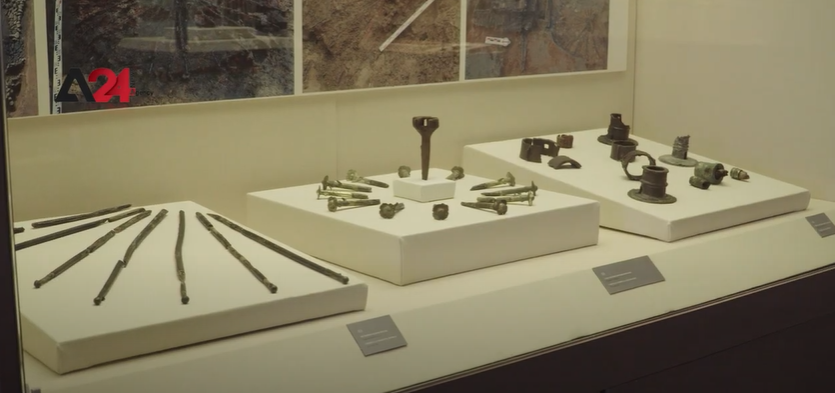
The study revealed rare artifacts such as textiles, silver ornaments from the Roman Empire, and silver horse equipment depicting mythical unicorns. This was called a “discovery” as new source material for Xiongnu studies. This is the first time since 2016 that researchers have restored the artifacts to the public. About 400 items from more than 200 selections from the tombs of Xiongnu aristocrats will be on display until March 2022.
According to Xiongnu monuments study, Mongolian archeological sites are the highest in the world. G. Eregzen, director of the Mongolian Institute of Archeology, emphasized that the research on aristocratic monuments in Ulaanbaatar is more comprehensive and higher than anywhere else in the world.
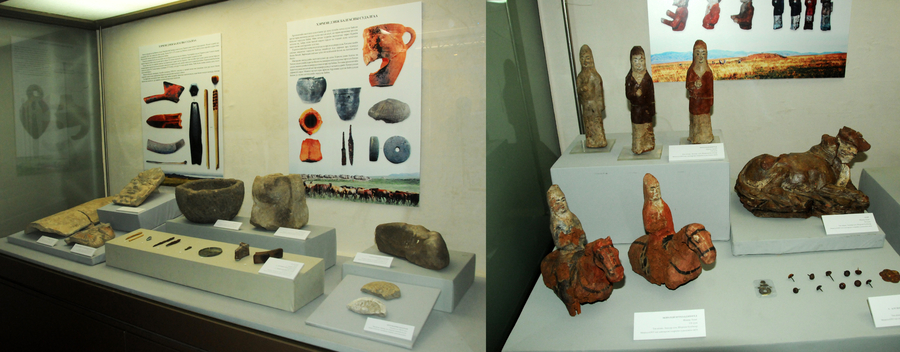
“The research conducted in Mongolia by Eurasian anthropologists has always been at the center of attention. Therefore, those researches are very important as they represent a step towards bringing Mongolian archeology to the world. Noyon Uul monument is highly popular since it proved that the physical heritage of the Xiongnu was real.
 3,575.44
3,575.44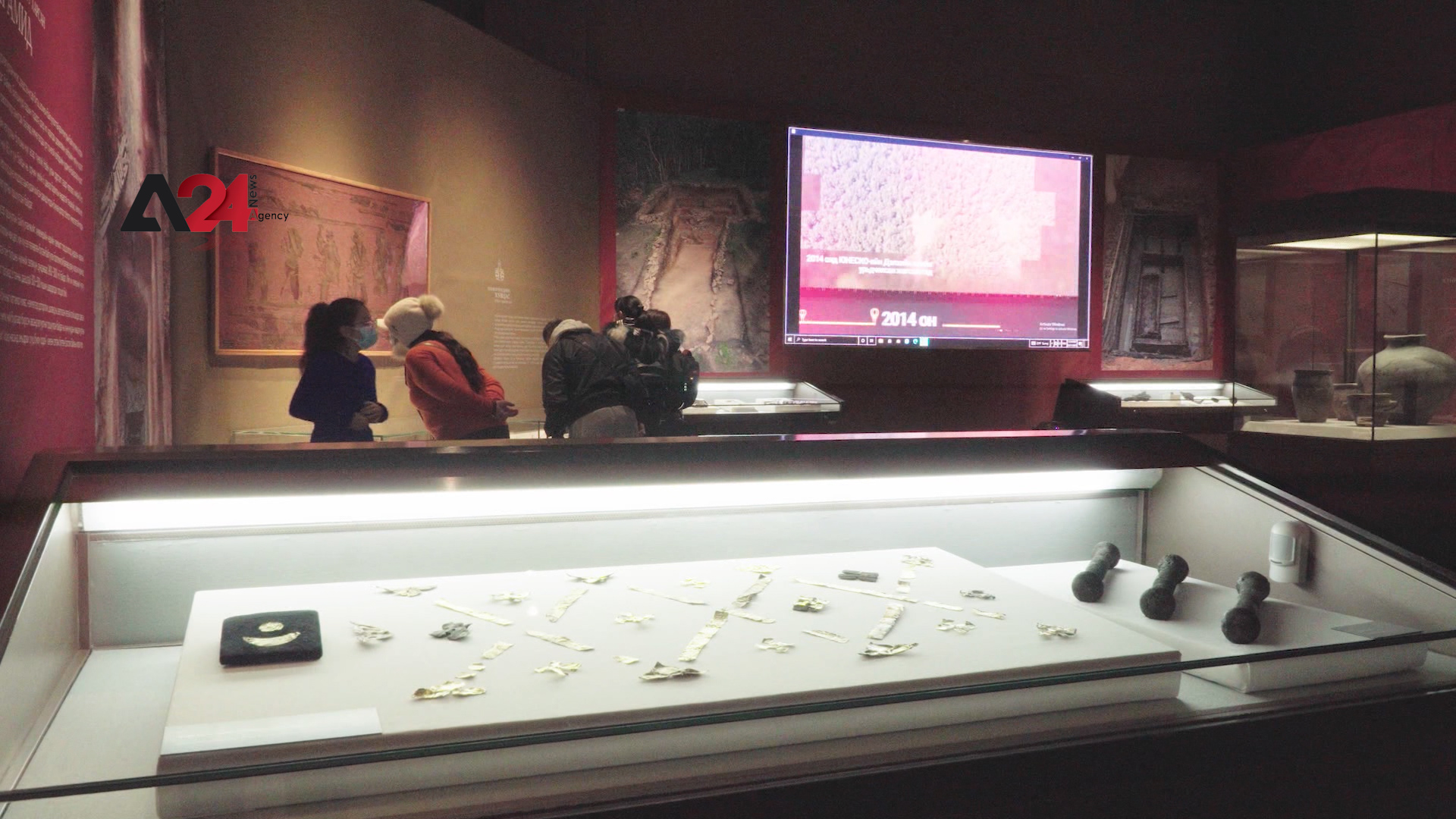









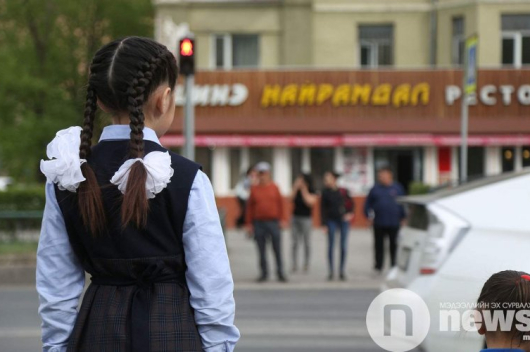

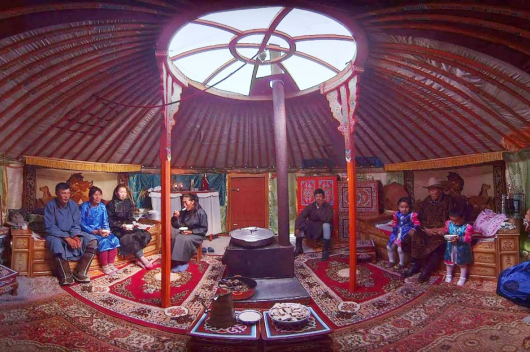
Related News